Gardens, parks and tree-lined avenues
The green gems of Bad Arolsen
Große Allee

This is the 'green lung' of the town of Bad Arolsen and traverses almost the entire town centre. It is 1.6 km long and is lined by approx. 880 oak trees planted in six orderly rows. Große Allee is the most famous tree-lined avenue in Bad Arolsen.
It was created around the year 1670 by Prince Georg Friedrich and connected the Charlottental 'pleasure castle' built in Thieletal valley with the Hünighausen farm and the renaissance castle.
While the construction of the baroque castle was ongoing, Prince Friedrich Anton Ulrich, the founder of the town, lived in the 'pleasure castle'. Afterwards, he had it torn down. The plans for rebuilding the castle were never realised. And so today, Große Allee is the only reminder of those days.
Spendelallee
Spendelallee starts behind the Residenzschloss at the castle lake and is an extension of Himmelswiese in the forest.
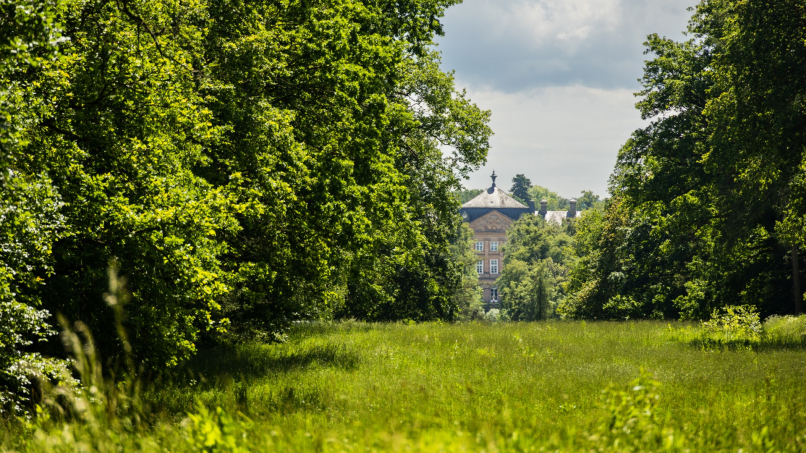
Fürstenallee
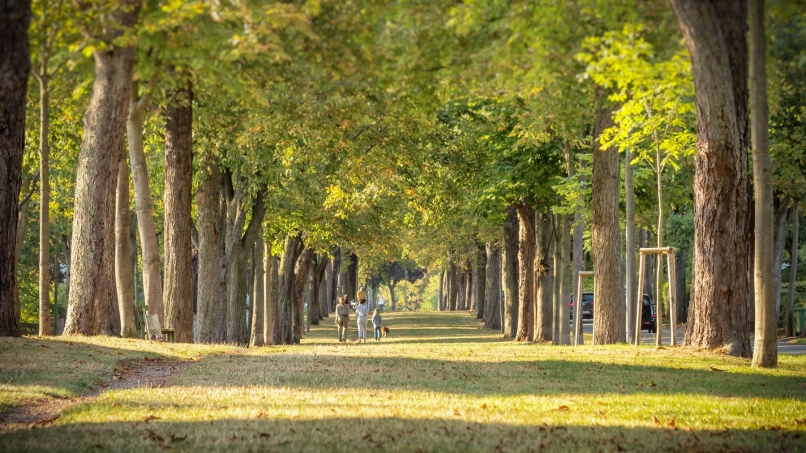
Fürstenallee is another beautiful tree-line avenue in Bad Arolsen.
It is located on the eastern side of Bad Arolsen. Take Landauer Straße to get there.
Castle pond

Take a walk along the shore of the castle lake on the north side of the Residenzschloss and listen to the sounds of nature.
Just follow the signposts marked 'Barocker Spazierweg'. The route begins at the castle, passing it on the left and continuing towards the castle lake, and then continues to the Fürstliche Reitbahn hippodrome, the Rauch Museum and the Baumpark.
Baumpark with Trink- und Wandelhalle
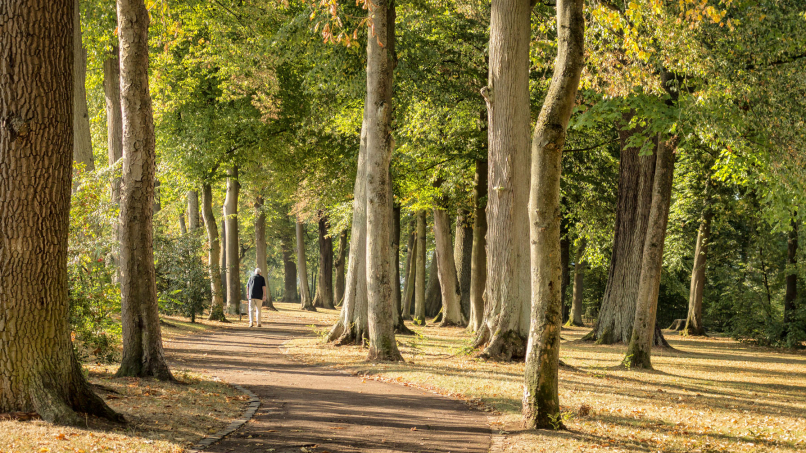
The Baumpark (formerly called the 'Boskett' castle park) was created after construction of the Neues Schloss was complete. It boasts a wide variety of plants.
The pump room of the Schlossbrunnen mineral springs is located in the Baumpark.
The mineral springs – yielding a fluoride-containing calcium magnesium sulphate water – were tapped in 1972/1973 at a depth of approx. 400 metres in the former castle park. The water is primarily used for gastro-intestinal ailments.
Artist Dieter Blum - his garden and Caleidos workshop
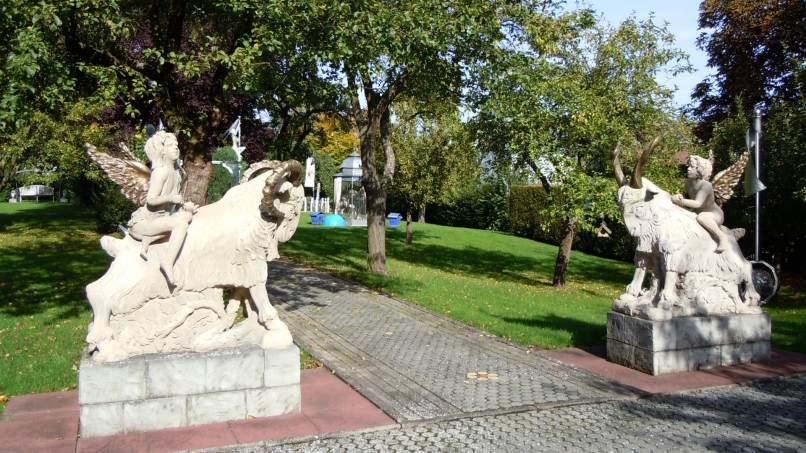
Bad Arolsen-based artist Dieter Blum invites visitors to explore the extensive garden around his house located at Mannelstraße 3 A where they can examine his interpretation of modern landscaping and garden design. For many years, Blum has been creating ever changing artefacts for his own private 'think about it' garden.
Blum's imagination knows no bounds. He creates pieces of art using an incredibly wide range of media: oil on canvas, clay, wood, stainless steel, glass, plaster and plastics of all kinds.
Examples of his artwork on display include two dancing clef symbols; a monk made from wood and sheet metal who is cutting peat; and stainless steel ikebana flowers. His stainless steel sculpture named "Gespaltene Welt" – divided world – invites visitors to stop and think.
Garden at C. D. Rauch-Geburtshaus
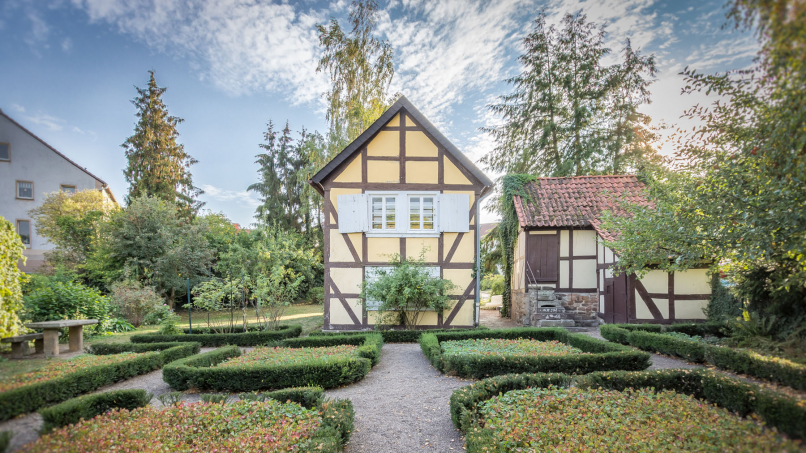
The birthplace of sculptor Christian Daniel Rauch also includes a small garden.
Baroque garden at Schreibersches Haus
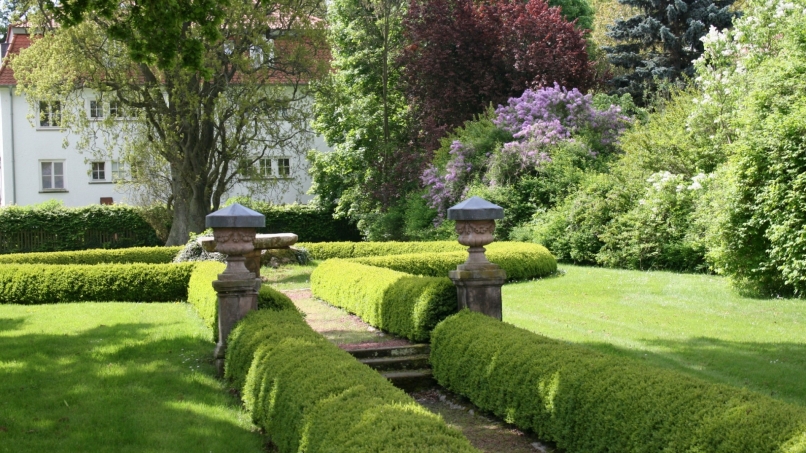
On Schloßstraße, the origins of Arolsen as a planned town of the baroque period are still evident.
The houses stand closely together and were originally intended for the officials and courtiers of the Prince's family. You would not guess that behind the houses on the eastern side of the street, pretty gardens are hidden away.
But this is what you can find when you cast a glance behind the Schreibersches Haus museum.
More topics
02.08.2018 Museums and exhibitions

In addition to the five buildings, each with its distinct history and architecture, that make up the Bad Arolsen Museum and the Historicum 20 in the town centre, there are also some suburbs that contribute to the richly varied landscape of museums in Bad Arolsen.
Details ansehen02.08.2018 Residenzschloss Arolsen

The residential castle was built between 1710 and 1810 in the baroque style. It was commissioned by Friedrich Anton Ulrich, Prince of Waldeck and Pyrmont (1676 to 1728) .
Details ansehen02.08.2018 Kram- und Viehmarkt

The 'Kram- und Viehmarkt' in Arolsen is the largest fair in northern Hesse and attracts several hundred thousand visitors each year.
Details ansehen02.08.2018 Barock-Festspiele

Every year, the Arolser Barock-Festspiele, a baroque festival with a long tradition, is held in the months of May and June and presents a highly diverse and entertaining programme.
Details ansehen

Anschrift
Stadt Bad Arolsen
- Der Magistrat -
Große Allee 24
34454 Bad Arolsen

